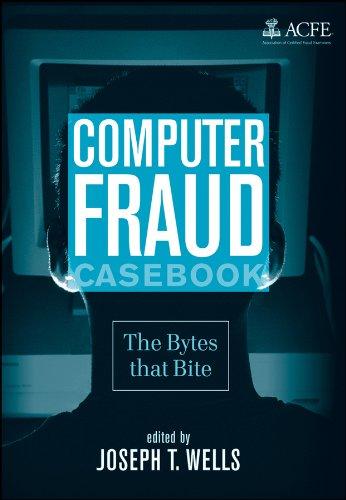Question
Webster Company produces 35,000 units of product A, 30,000 units of product B, and 14,500 units of product C from the same manufacturing process at
Webster Company produces 35,000 units of product A, 30,000 units of product B, and 14,500 units of product C from the same manufacturing process at a cost of $385,000. A and B are joint products, and C is regarded as a by-product. The unit selling prices of the products are $40 for A, $20 for B, and $2 for C. None of the products require separable processing. Of the units produced, Webster Company sells 28,000 units of A, 29,000 units of B, and 14,500 units of C. The firm uses the net realizable value method to allocate joint costs and by-product costs. Assume no beginning inventory. (Do not round intermediate calculations.) Required: 1. What is the value of the ending inventory of product A? Product B?
Step by Step Solution
There are 3 Steps involved in it
Step: 1

Get Instant Access to Expert-Tailored Solutions
See step-by-step solutions with expert insights and AI powered tools for academic success
Step: 2

Step: 3

Ace Your Homework with AI
Get the answers you need in no time with our AI-driven, step-by-step assistance
Get Started


